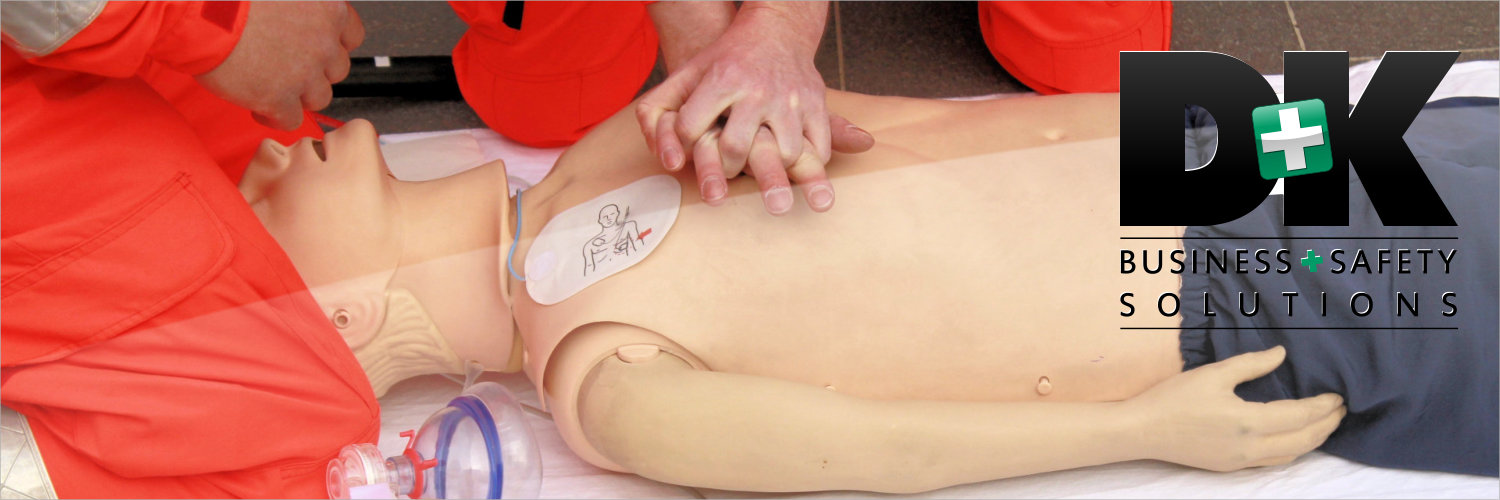An emergency occurred. And when it happens to you and you are not ready, it can be a moment of panic like no other. And although emergency first aid courses are often needed for those who work on certain opportunities – for example, at school – more and more people who are not required to do so register in a first aid course.
This course allows them to reach an educational level and desire to control them in an emergency. Every first aid course has its own advice. In a basic first aid course, you will receive ABC for the treatment of minor injuries, including burns, blisters and bruises.
In addition, general first aid courses provide guidelines for controlling poisons, suffocation procedures, initial responses to fractures while waiting for emergency services to arrive, and a number of other general information.

A broader first aid course provides more information on a specific topic. In a first aid course for CPR, for example, you will learn how to assess vital functions in life-threatening situations.
In addition, such first aid courses offer participants the opportunity to take life-saving first-aid measures such as mouth-to-mouth ventilation, breast compression and, if available, the use of an automatic external defibrillator.
If you consistently participate in certain activities – for example, in certain sports – you will find a first aid course aimed at safety on location. In sports first aid courses, athletes learn how to assess the severity of injuries and how to treat minor injuries that are sustained during a match.